





more
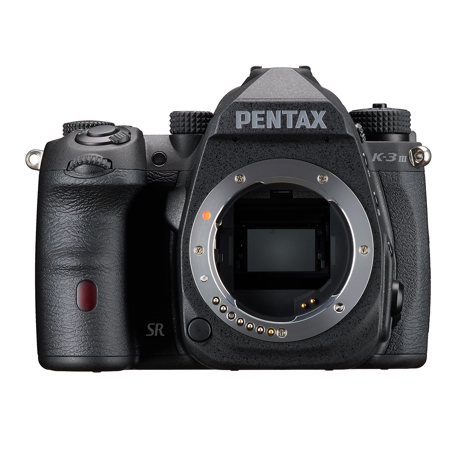
See Options
Need help? Ask our experts.
The PENTAX K-3 Mark III Monochrome DSLR Camera is the only digital SLR camera on the market specifically engineered for monochrome photography. It features a monochrome-specific image sensor with 25.73 effective megapixels, and offers three Custom Image modes - Standard, Hard, and Soft - for personalized image finishing.
The three Custom Image modes - Standard, Hard, and Soft - are designed to allow photographers to fine-tune parameters such as tone, key, contrast, and sharpness in their images. This enables them to add their personal touch to each image.
Unlike typical color image sensors, the monochrome-specific, APS-C-format CMOS image sensor in the PENTAX K-3 Mark III Monochrome DSLR Camera can faithfully reflect the brightness data obtained by each pixel in the image, without the need for interpolation. This results in high-resolution images rich in gradation, offering an extra-fine monochromatic expression.
The PENTAX K-3 Mark III Monochrome DSLR Camera features a compact, durable body with white backlight illumination on the LCD data panel, 'Monochrome' lettering on the back panel, a menu screen with a black-and-white visual scheme, and icons on buttons and switches finished in three shades of gray.
The PENTAX K-3 Mark III Monochrome DSLR Camera delivers high-quality images with a natural bokeh (defocus) effect, rich gradation, and extra-fine sharpness. The image quality has been completely reevaluated and redesigned to optimize the imaging characteristics of the new monochrome-specific image sensor.
Review Summary
2023-11-28T07:40:16
If both of the following are true for you the K3 Monochrome is not the camera for you. 1) You leave your camera on Auto almost all the time. 2) Contrast "snap" in your pictures isn't some you really notice. I started with a Nikon FTn primarily using black and white film. The FTn handled the metering, but the rest was up to the photographer. As a result one develops a keen awareness of focusing and the interrelationship between shutter speed and aperture. With black and white shadows and contrast is how you "paint" a picture. Black and white causes the human eye to focus on detail and color distracts from detail. The first thing I noticed about this camera is it is designed to enable the photographer to control everything and easily see how the controls are set via the LCD screen after pressing "Info". Since this is a SLR camera the LCD screen can be used to monitor the cameras settings because unlike a mirrorless camera you don't need the screen to see the image. The LCD screen information is very well laid out because it is not trying to cram a bunch of icons and information around the edges so you can still see the image. You can still set the screen to act like a live view screen but for the most part I use the viewfinder to see the image and the screen to provide a complete set of information. I also have a Nikon Z7, and like all the Nikons I had before it, I used the custom functions buttons to avoid going through the menus. I haven't done this with the K3 because press the "Info" button and the control panel displays with everything that you want to change for shooting in a grid on the screen. (See Picture - Control Panel) When not using control panel you can display detailed information which includes information such as shutter speed, f-stop, ISO, and exposure compensation. It includes showing icons for which control knob to turn to change the setting next to the icon. At a glance you can tell quickly what the camera is setup for and also which control knob to turn. (See Picture - Detail Panel) I did a few quick sample black and white pictures which are attached. There is a snap to them you don't get when converting color to black and white. This is in part because at best a color sensor is only seeing ½ of detail. The typical Bayer sensor with 60 megapixels for example, only 30 megapixels will see the what is in the green filter range, 15 megapixels will see what is in the red filter range, and 15 megapixels in the blue filter range. Then a demosaicing algorithm is applied to reconstruct the image. None of that is needed for a monochrome sensor. A monochrome sensor with produce finer gradients of contrast and details without artifacts because a demosaicing algorithm is not needed. Try shooting a picture of a red brick building with a Camera with a Bayer sensor. After greatly enlarge and you will often see artifacts where there are wavy lines. The coolest feature I found in the camera is being able to set a "Finishing Tone" (See Picture - Finishing Tone"). While called Standard, Hard, and Soft I found the out the box settings not to my liking. You can set the tone curve to whatever you want for each setting. I changed to the "Soft" setting to something in-between the Standard and Hard and it is what I use most often. Yes you can use post processing software or raw images to do this but it is nice to see the result immediately. The manual focus on this camera is excellent. Turn all the features on and raise the volume to max. It provides an experience like my FTn spit image viewfinder. While not a spit image it beeps as you go in and out of focus and red lines flash. Very easy to set the focus manually. Manual focus is easier than any of my Nikon or Sony Cameras. Finally, I spent another $450 for a number of used manual lens. Most of the lens from the film era of Pentax cameras work fine and are sharp. These are 100% manual - Focus and Aperture. Read the online reviews for any of the old lens before buying because some are better than others. Also many online reviews of these old lens cover compatibility.
JEFFREY K.
2023-07-04T08:18:06
Pentax really did well with this monochrome camera...with the Bayer filter removed, the fine details are revealed with excellent tones of Black & White, I'm able to shoot at ISO 6400 before any fine grain appears and than higher I S O such as 8K, 10k even 25K ISO the fine grain is pleasing....I am so pleased Pentax has listened to it's customers and developed this camera
deno p.
Accidents happen where life happens. Protect your favorite Adorama products and purchase a protection plan to stay covered from accidental damage, mechanical or electrical failure, and more.
If we can’t fix it, we’ll replace it at no additional cost.
Protect your product from drops, spills, and more.
Enjoy your gear without fear. We have you covered!
When regular use of your product over time results in mechanical or electrical failure.
We will never charge you a deductible after the purchase of a plan.
Our claims process is simple & easy and our customer service team is happy to help.
Adorama Protect powered by Extend is available for purchase to customers in the United States. Not available for purchase Internationally or in U.S. Territories.
Browse our FAQ
Black
Pentax K
1x Hot Shoe
1x 1/4"-20 Female (Bottom)
Magnesium Alloy
14 to 104°F / -10 to 40°C up to 85% Humidity
Auto Area, Zone Select, Select, Expanded Area (S, M, L), Select(S), Select(XS), Spot
-2.0 - +1.0EV
Actual: 26.78 Megapixel
Effective: 25.73 Megapixel (6192 x 4128)
23.3 x 15.5 mm (APS-C) CMOS
Crop Factor: 1.5x
Sensor-Shift, 5-Axis
Stills & Video
Mechanical Focal Plane Shutter and Electronic Rolling Shutter
Electronic Shutter
1/16000 to 30 Seconds
Mechanical Shutter
1/8000 to 30 Seconds
Bulb & Time Mode (Up to 20 Minutes)
Native: 200 to 1,600,000
Center-Weighted Average, Highlight Weighted, Multi-Zone, Spot
Aperture Priority, Auto, Manual, Program, Sensitivity Priority, Shutter Priority
-5 to +5 EV (1/3, 1/2 EV Steps)
-2 to 21 EV
Presets: Auto, CTE, Cloudy, Color Temperature, Daylight, Fluorescent (Cool White), Fluorescent (Day White), Fluorescent (Daylight), Fluorescent (Warm White), Manual, Multi Auto WB, Shade, Tungsten
Up to 12 fps at Maximum Resolution for up to 32 Frames (Raw) / 55 Frames (JPEG)
Yes
2/12-Second Delay
3.2
DNG, JPEG, Raw
14-Bit
H.264/MOV
UHD 4K (3840 x 2160) at 23.98/29.97 fps
1920 x 1080p at 23.98/29.97/59.94 fps
No
No
25-Minute Maximum
No
Slot 1: SD/SDHC/SDXC (UHS-II)
Slot 2: SD/SDHC/SDXC (UHS-I)
1x Micro-HDMI Output
1x 1/8" / 3.5 mm TRS Stereo Headphone Output
1x 1/8" / 3.5 mm TRS Stereo Microphone Input
1x USB-C Input/Output
1x 2.5 mm Sub-Mini Remote Input
1x PC Flash Sync Output
1x USB-C (USB 3.2 / 3.1 Gen 1) Data Input/Output (Shared with Power Input)
Wi-Fi 4 (802.11n), Bluetooth 4.2
Yes: Android & iOS
App Name: Image Sync
Functionality: Access Stored Files, Remote Control
GPS
3.2"
1,620,000 Dot
Fixed Touchscreen LCD
Top: Status Display
Optical (Pentaprism)
20.5 mm
1
Approx. 1.05x
-4 to +1
Auto and Manual Focus
Continuous-Servo AF, Manual Focus, Single-Servo AF
Phase Detection: 101 (25 Cross-Type)
-3 to +19 EV
No
Auto, Auto/Red-Eye Reduction, Flash On, Flash On w/ Red-Eye Reduction, Hi-Speed Sync, Slow Sync, Slow Sync/Red-Eye Reduction, TTL Auto, Wireless
1/200 Second
-2 to +1 EV
P-TTL
PC Terminal
Lithium-ion
Required, Included
Non-universal
1
5.3 x 4.1 x 2.9" / 134.5 x 103.5 x 73.5 mm
Including dedicated battery and SD Memory Card: 1.8 lbs (820g) (Approx), Body only: 1.62 lbs (735g) (Approx.)
Contrast detection (Auto Area, Zone Select, Tracking, Select(L/M/S), Spot)
Focus Peaking, Face detection, Touch AF
Field of View approx. 100%, Magnified view (up to 16x)
Grid Display (4x4 Grid, Golden Section, Scale, Square(L), Square(S), Grid Color: Black/Gray/White ), Histogram, Bright area warning, Composition Adjustment
Standard, Hard, Soft
Toy Camera, Retro, High Contrast, Shading, Invert Color, Tone Expansion, Grainy Monochrome
Adjustable +/-4 step
Auto, HDR1, HDR2, HDR3, Advanced HDR, Exposure bracket value adjustable, Automatic composition correction function
Distortion Correction, Peripheral Illumin. Correction, Diffraction Correction
Highlight Correction, Shadow Correction
Slow Shutter Speed NR, High-ISO Noise Reduction
Type 1, Type 2, Type 3, (Type 1 and Type 2 available with O-GPS1/O-GPS2 (Optional))
SR On: correction up to 1 degree, SR Off: correction up to 2 degrees
Adjustment range of +/-1.5mm up, down, left or right ( +/-1mm when rotated); Rotating range of +/-1 degree
Displayed in viewfinder (Horizontal and vertical); Displayed on LCD monitor (Horizontal and vertical)
Auto, Normal, Hi-speed Priority, DOF Priority (Deep), DOF Priority (Shallow), MTF Priority
MPEG-4 AVC/H.264(MOV)
4K (3840x2160, 30p/24p)
Full HD (1920x1080, 60p/30p/24p)
Built-in stereo microphone, external microphone (Stereo recording compatible)
Recording Sound Level adjustable, Wind Noise Reduction
Up to 25 minutes or 4GB; automatically stops recording if the internal temperature of the camera becomes high
Standard, Hard, Soft
Retro, High Contrast, Invert Color
Single frame, Multi-image display (20, 48, 70 segmentation), Display magnification (up to 16, 100% display, quick zoom and Focus Magnification available), Grid display (4x4 Grid, Golden Section, Scale, Square(L), Square(S), Grid Color: Black/Gray/White), Rotating, Histogram (Y histogram), Bright area warning, Auto Image Rotation, Detailed information
Copyright Information (Photographer, Copyright holder), GPS information (latitude, longitude, altitude, Coordinated Universal Time) , Orientation, Folder Display, Calendar Filmstrip Display
Single image, All images, Selected images, Folder, Images on the selected shooting date, Instant review image
Base Parameter Adj, Toy Camera, Retro, High Contrast, Shading, Invert Color, Tone Expansion, Grainy Monochrome, Miniature, Soft, Fish-eye, Slim, Frame Composite
RAW file select:
Select Single Image, Select Multiple Images, Select a folder, Select a shooting date
RAW Development Parameter:
Custom Image, Sensitivity, Digital filter, Clarity, HDR, Distortion Correction, Peripheral Illumin
Corr., Diffraction Correction, High-ISO Noise Reduction, Shadow Correction, File Format
(JPEG/TIFF), JPEG Recorded Pixels, JPEG Quality, Aspect Ratio, Color Space
Protect, Image Rotation, Image Copy, File Transfer, Save RAW Data in buffer memory, Resize, Cropping (Aspect ratio and Slant adjustment available), Levels Adjustment, Movie Edit (Divide or delete selected frames), Capturing a JPEG still picture from a movie
027075305373
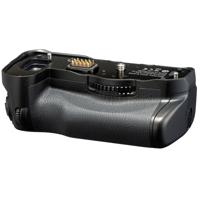
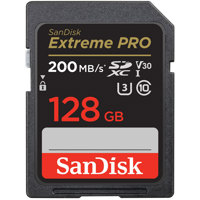
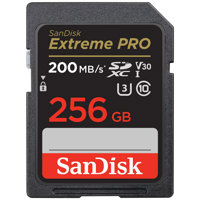
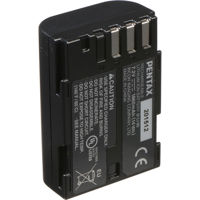
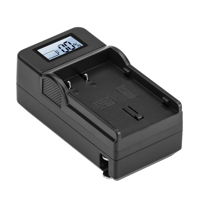
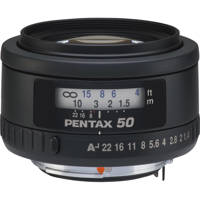
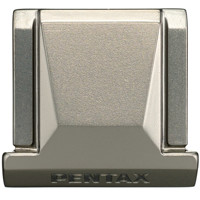
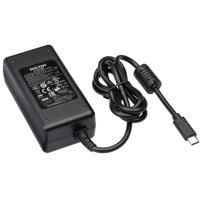
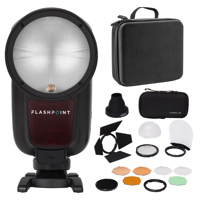
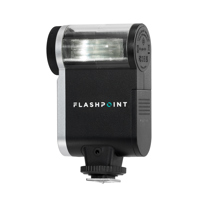

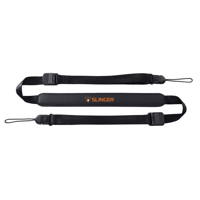
Excellent
By deno p.
Pentax really did well with this monochrome camera...with the Bayer filter removed, the fine details are revealed with excellent tones of Black & White, I'm able to shoot at ISO 6400 before any fine grain appears and than higher I S O such as 8K, 10k even 25K ISO the fine grain is pleasing....I am so pleased Pentax has listened to it's customers and developed this camera
The joy of B&W Photography is now affordable!
By JEFFREY K.
If both of the following are true for you the K3 Monochrome is not the camera for you. 1) You leave your camera on Auto almost all the time. 2) Contrast "snap" in your pictures isn't some you really notice. I started with a Nikon FTn primarily using black and white film. The FTn handled the metering, but the rest was up to the photographer. As a result one develops a keen awareness of focusing and the interrelationship between shutter speed and aperture. With black and white shadows and...
View full Review

The PENTAX K-3 Mark III Monochrome features three Custom Image modes exclusively designed for the monochrome-specific image sensor: Standard, Hard and Soft. Each mode provides minute adjustment of parameters such as tone, key, contrast, and sharpness, allowing the photographer to personalize images for the desired finishing touch.
The exterior design of the camera has also been customized to reflect its monochrome capabilities. Design features include white backlight illumination on the LCD data panel, “Monochrome” lettering printed on the upper-left shoulder of the back panel, a menu screen featuring a black-and-white visual scheme as default, and icons printed on buttons and switches across the camera’s exterior finished in three shades of gray.
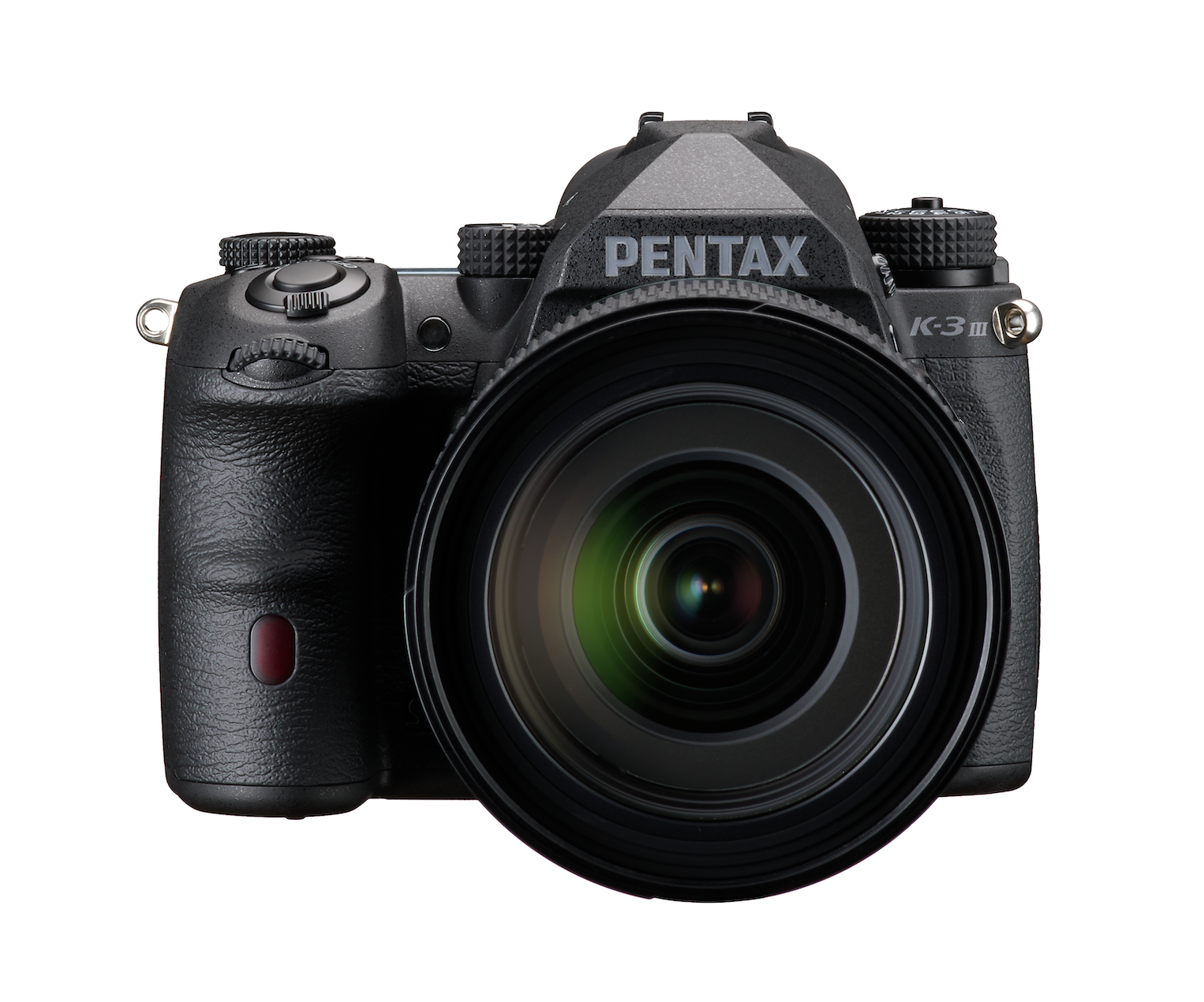
The camera’s design is based on the PENTAX K-3 Mark III — the flagship model of PENTAX’s APS-C-format series that integrates remarkable imaging performance and a host of advanced features in a compact, durable body — while totally redesigning and optimizing the imaging characteristics by adding a new, monochrome-specific image sensor with approximately 25.73 effective megapixels.
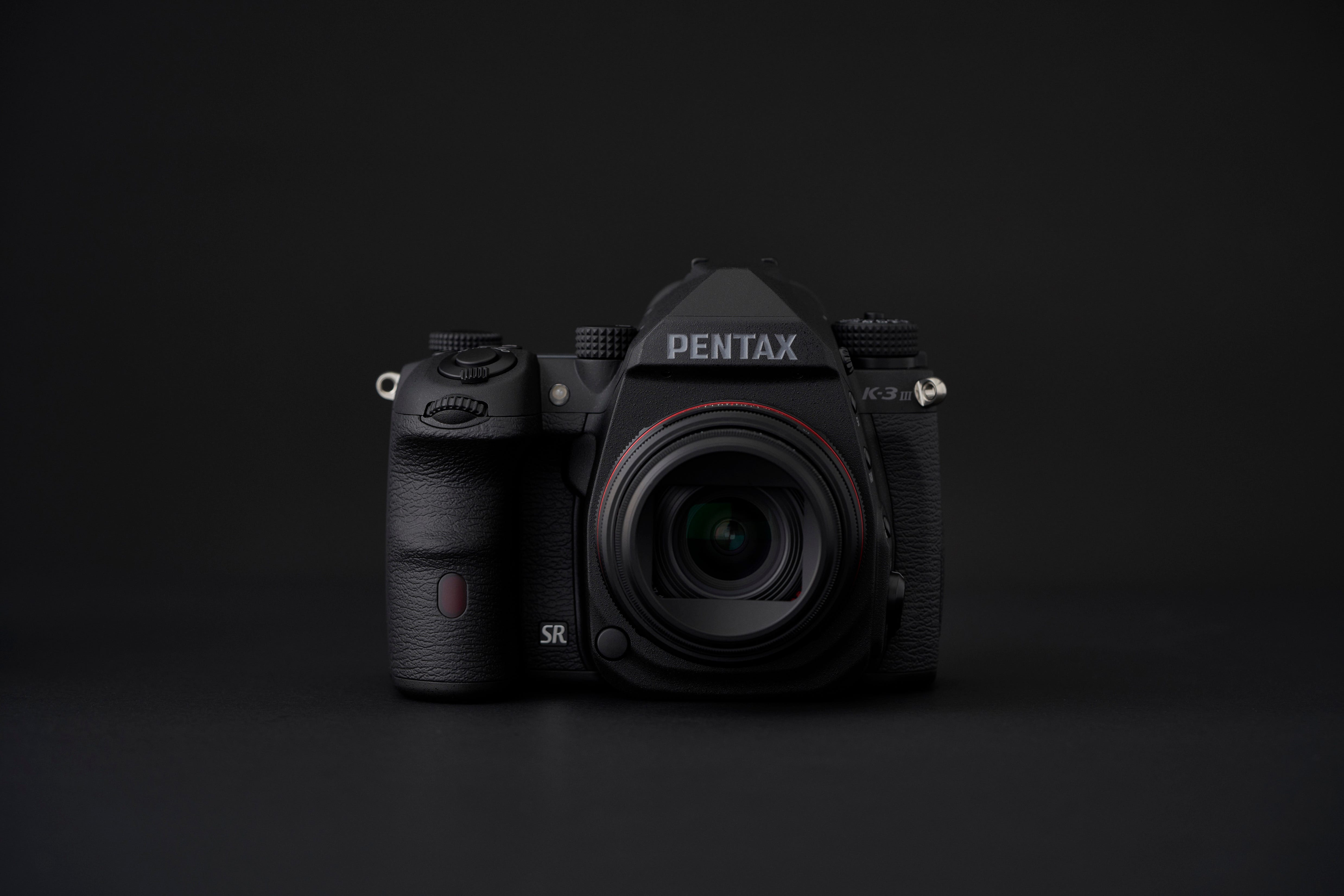
The PENTAX K-3 Mark III Monochrome incorporates a monochrome-specific, APS-C-format CMOS image sensor free of an AA (anti-aliasing) filter with approximately 25.73 effective megapixels. Typical color image sensors are designed to receive light passing through red (R), green (G) and blue (B) color filters, so each pixel detects only one color-data component. To compose a monochrome image, color sensors must convert color data into monochromatic data by interpolating the color data they collect. The new monochrome-specific image sensor, however, can faithfully reflect the brightness data obtained by each pixel in the image — without the interpolation process — to produce extra-fine monochromatic expression, in images high in resolution and rich in gradation.
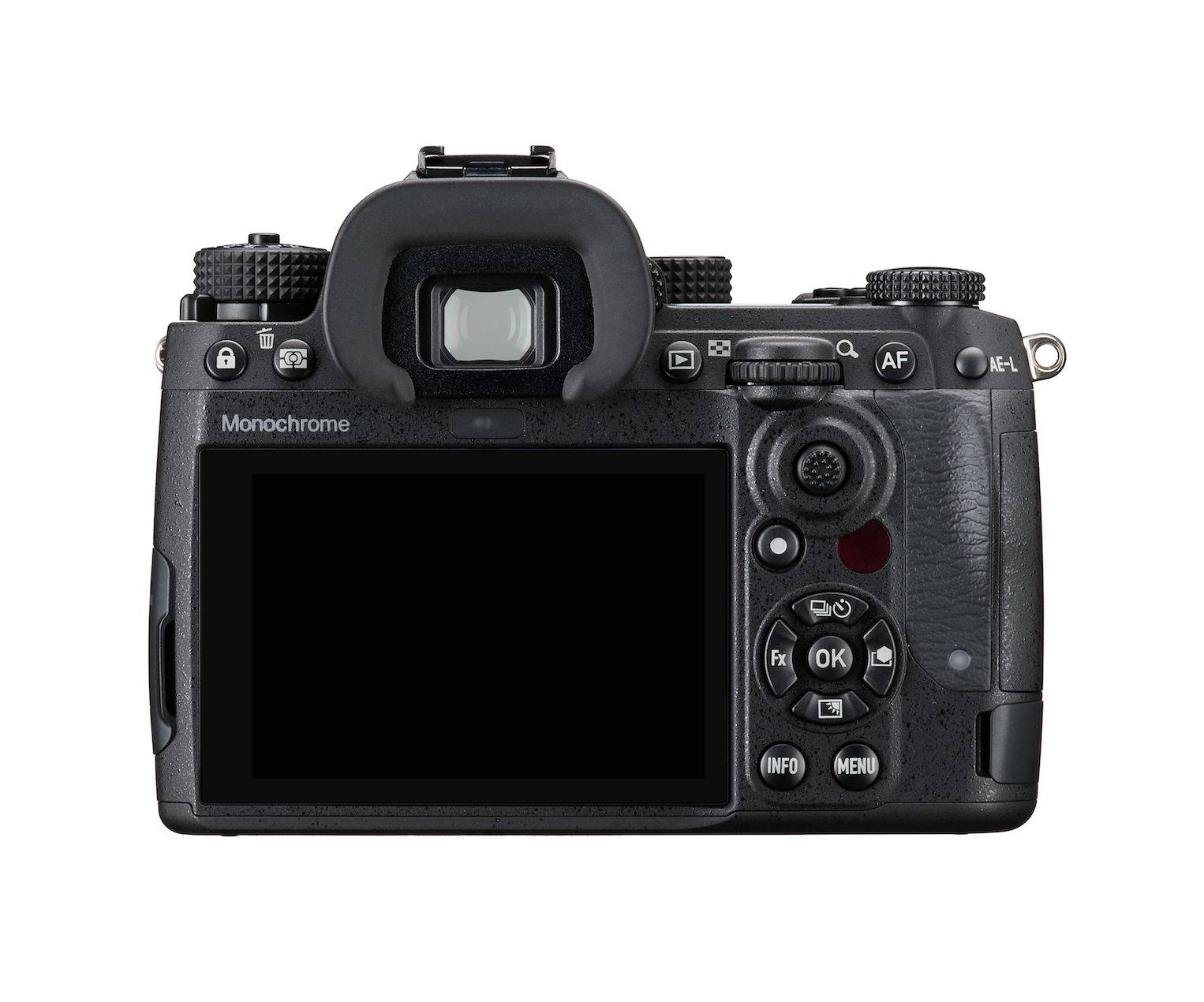
The image quality produced by the original PENTAX K-3 Mark III was thoroughly re-evaluated and totally redesigned to optimize the imaging characteristics of the new monochrome-specific image sensor. The result is highly sensitive expression with a natural bokeh (defocus) effect, rich gradation and extra-fine sharpness — an image only the monochrome-specific image sensor can deliver.
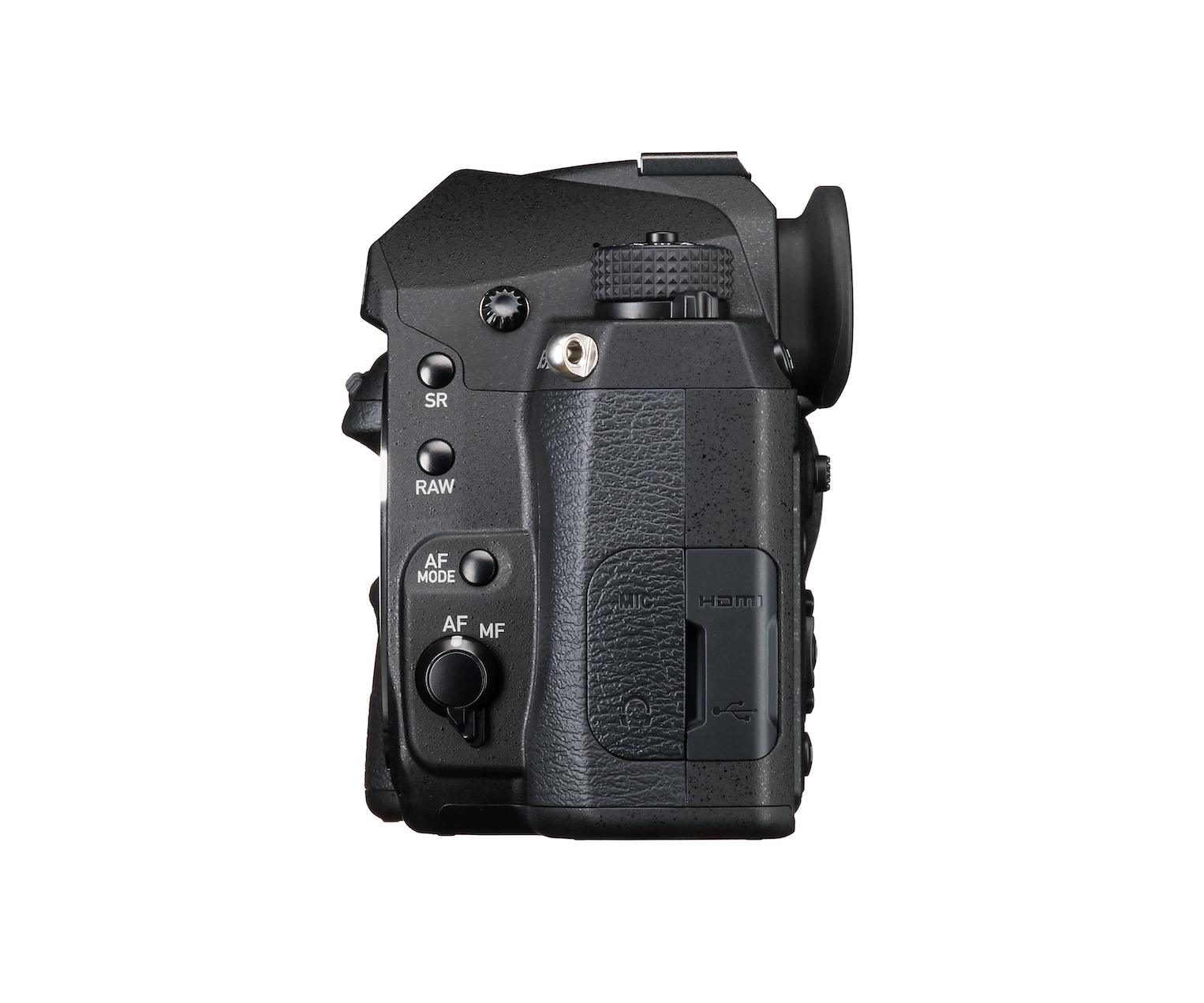
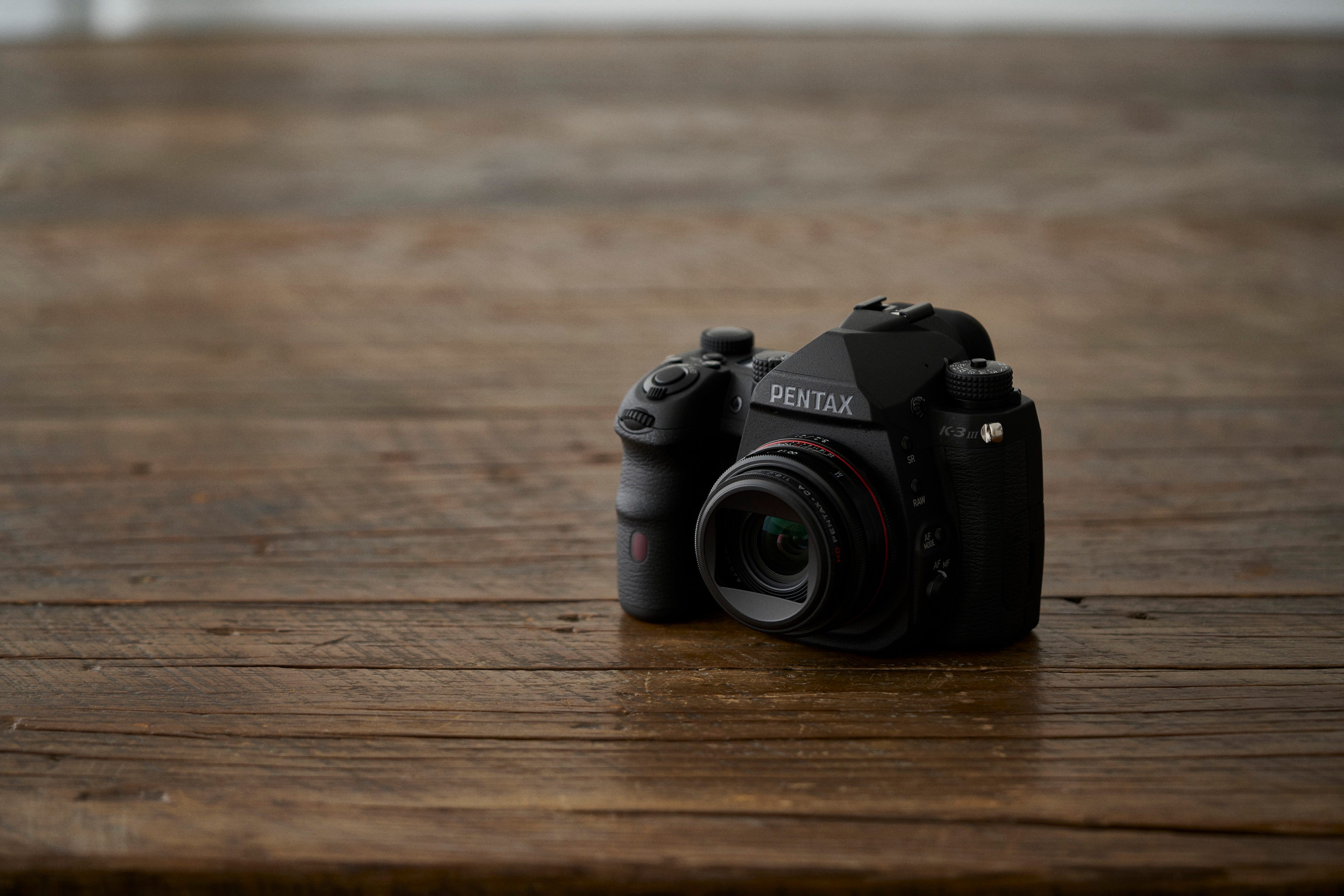
The PENTAX K-3 Mark III Monochrome offers three Custom Image modes exclusively designed for monochrome photography to provide distinctive finishing touches. In addition to Standard mode, it also provides Hard mode to produce high-contrast images, and Soft mode to create high-key, low-contrast images. Each mode provides minute adjustment of parameters such as tone, key, contrast and sharpness, allowing the photographer to personalize images for the desired finishing touch.
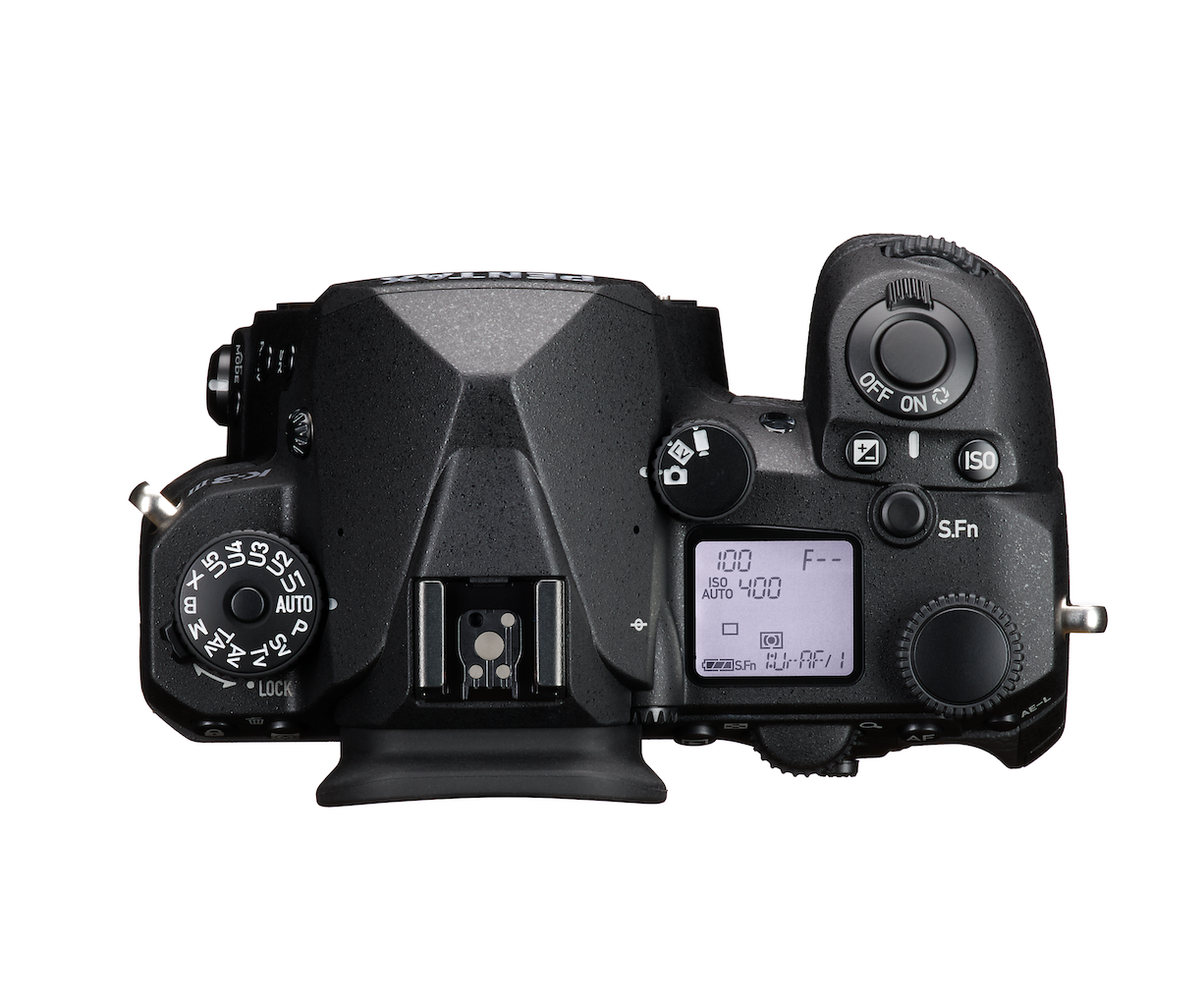
The concept of monochrome photography is evident throughout the PENTAX K-3 Mark III Monochrome camera body, from the white backlight illumination on the LCD data panel positioned on its upper panel, to the “Monochrome” lettering printed on the upper-left shoulder of the back panel, and the SR (Shake Reduction) logo finished in silver. The camera’s user interface menu features a black-and-white color scheme as default, while the icons printed on buttons and switches across the camera’s exterior are finished in three shades of gray.
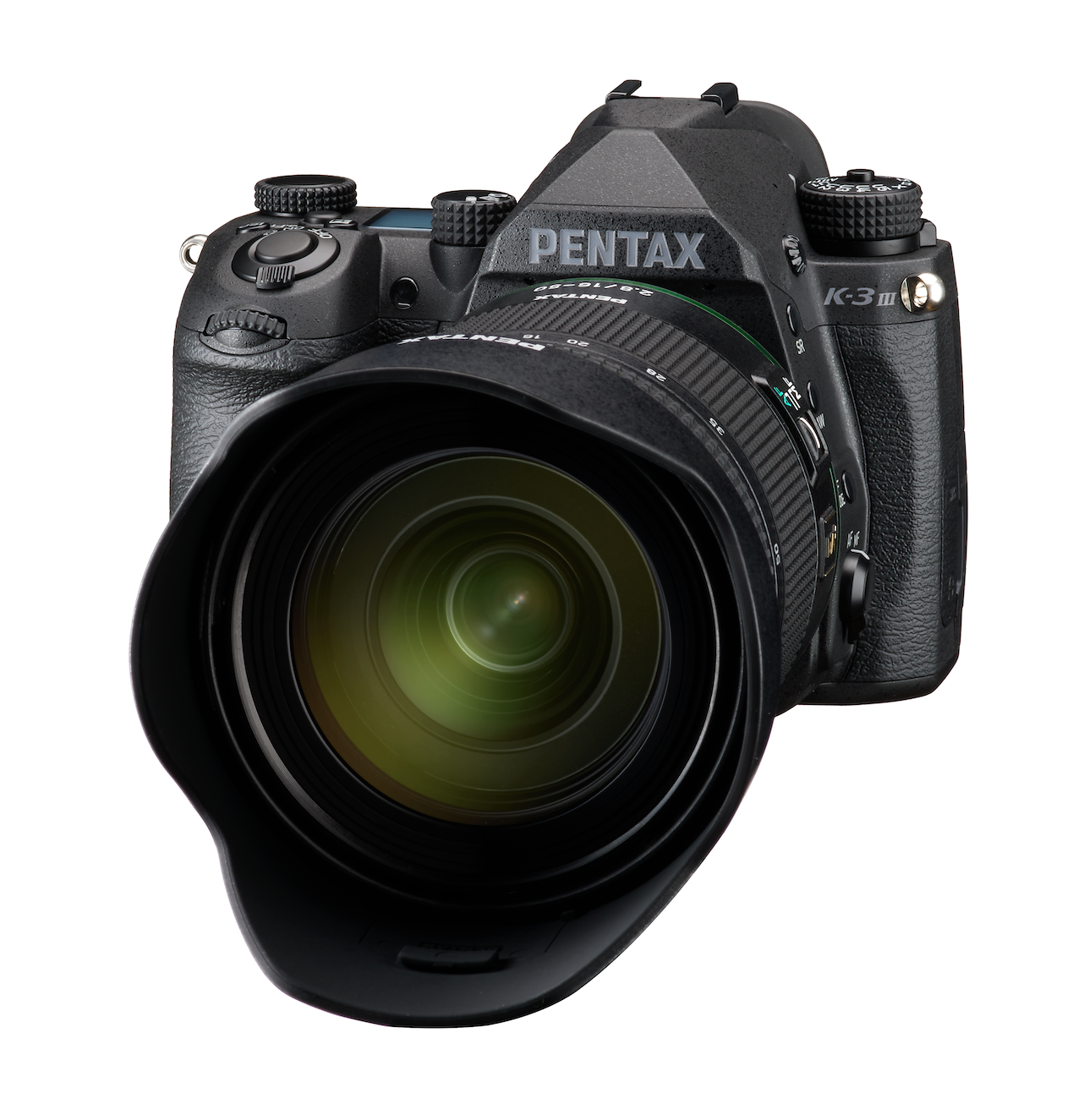

Because capturing the world in stunning black and white is an art form, the PENTAX K-3 Mark III Monochrome DSLR Camera by Ricoh Imaging is designed to bring your monochromatic visions to life. As the only digital SLR camera on the market specifically engineered for monochrome photography, it delivers high-resolution images rich in gradation, allowing photographers to express a unique perspective of the vibrant world in high-quality black-and-white imagery.
Built on the foundation of the PENTAX K-3 Mark III, the flagship model of PENTAX's APS-C-format series, this camera combines exceptional imaging performance with a plethora of advanced features. Its compact, durable body houses a newly designed monochrome-specific image sensor with an impressive 25.73 effective megapixels, ensuring every shot is captured with the utmost detail and clarity.
The PENTAX K-3 Mark III Monochrome stands out with its three Custom Image modes - Standard, Hard, and Soft - exclusively designed for the monochrome-specific image sensor. These modes allow for fine-tuning of parameters such as tone, key, contrast, and sharpness, enabling photographers to add their personal touch to each image.
Reflecting its monochrome capabilities, the camera's exterior design features white backlight illumination on the LCD data panel, "Monochrome" lettering on the back panel, a menu screen with a black-and-white visual scheme, and icons on buttons and switches finished in three shades of gray.
The PENTAX K-3 Mark III Monochrome incorporates a monochrome-specific, APS-C-format CMOS image sensor, free of an AA (anti-aliasing) filter. Unlike typical color image sensors, this monochrome sensor can faithfully reflect the brightness data obtained by each pixel in the image, without the need for interpolation. This results in high-resolution images rich in gradation, offering an extra-fine monochromatic expression that only a monochrome-specific image sensor can deliver.
The image quality produced by the original PENTAX K-3 Mark III has been completely reevaluated and redesigned to optimize the imaging characteristics of the new monochrome-specific image sensor. This results in highly sensitive expression with a natural bokeh (defocus) effect, rich gradation, and extra-fine sharpness.
The PENTAX K-3 Mark III Monochrome is more than just a camera; it's a tool for artists who see the world in shades of gray. Its unique features and design make it the perfect companion for those who want to explore the captivating world of monochrome photography.
Join VIP PRO
Earn 2X Points + Exclusive Perks!
Request a Callback
Chat one-on-one with an expert
Sell or Trade your Gear
Get started in 3 easy steps